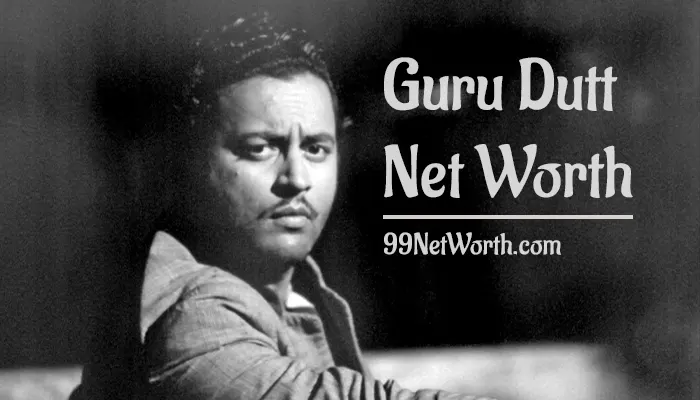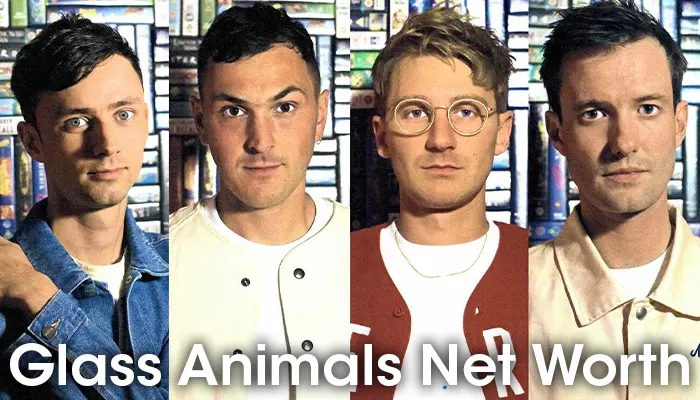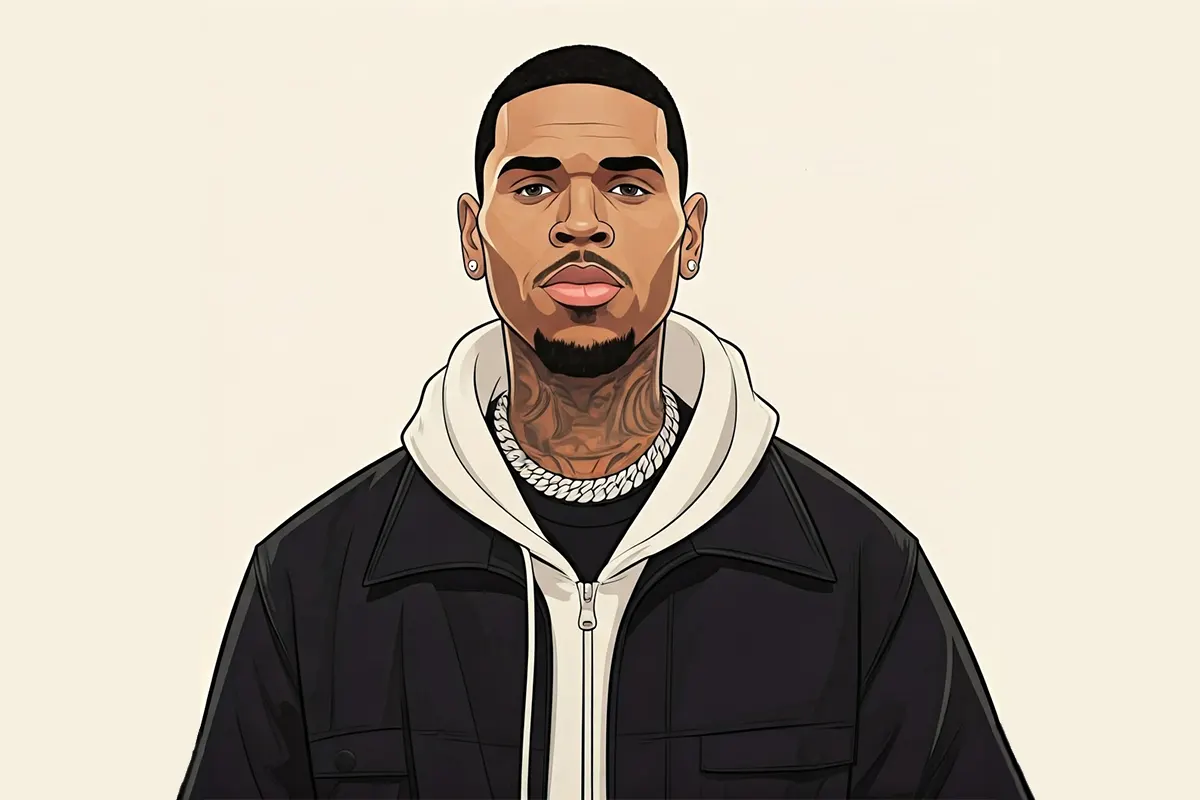Advertisements
Guru Dutt Net Worth. Guru Dutt, also known as Vasanth Kumar Shivashankar Padukone, was an Indian cinema director, producer, actor, choreographer, and writer. Guru Dutt Net Worth is estimated to be approximately $9 Million.
Parts of This Content:
Guru Dutt Net worth and profile in one glance
| Name | Vasanth Kumar Shivashankar Padukone |
| Born | July 9, 1925 |
| Died | October 10, 1964, Pedder Road, Mumbai, India |
| Height | 1.73 m |
| Country of Origin | Bengaluru, India |
| Occupation | Actor, Producer, Director, Choreographer |
| Spouse | Geeta Dutt (m. 1953–1964) |
| Children | Tarun Dutt, Nina Dutt, Arun Dutt |
| Guru Dutt Net worth | Guru Dutt Net worth $9 Million |
Guru Dutt Biography
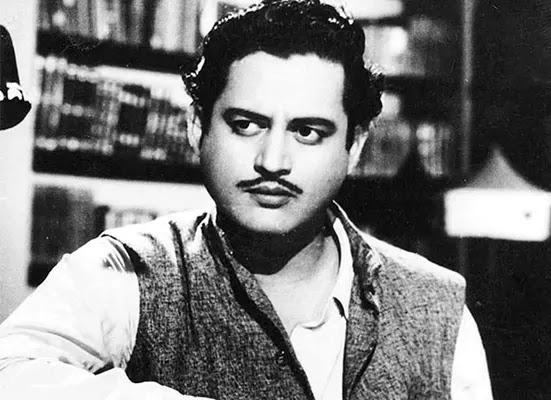
Early life and background
Vasanth Kumar Shivashankar Padukone was born on July 9, 1925, into a Chitrapur Saraswat Brahmin family in Padukone, present-day Karnataka, India. Following a childhood mishap, his name was changed to Gurudatta Padukone, which was thought to be an auspicious option.
Advertisements
Shivashanker Rao Padukone, a headmaster and banker, and Vasanthi, a teacher and writer, were his parents. Both parents were born and raised in Karwar but moved away. Dutt was born and raised in Bhowanipore, Kolkata, and spoke Bengali well.
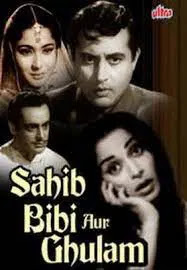
He has three younger brothers, Atma Ram (a filmmaker), Devi (a producer), and Vijay, and one younger sister, Lalita Lajmi, who is a well-known Indian painter. His niece Kalpana Lajmi worked as an Indian cinema director, producer, and screenwriter, and his cousin Shyam Benegal worked as a director and screenwriter.
Advertisements
Stepping stone into Guru Dutt Net Worth (Career)
Early career
He enrolled in Uday Shankar’s School of Dancing and Choreography in Almora in 1942 but was dismissed in 1944 after becoming connected with the company’s main lady.
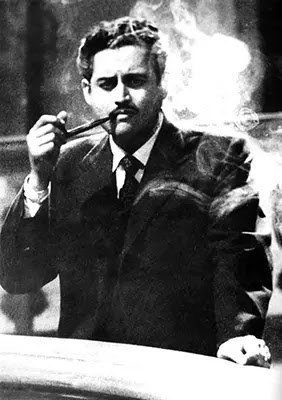
After landing a job as a telephone operator at a Lever Brothers factory in Calcutta (now Kolkata), Dutt wired home to inform his family that he had been hired. However, he soon became dissatisfied with the work and abandoned it.
Advertisements
Dutt briefly returned to his parents in Bombay until his uncle secured him work with the Prabhat Film Company in Pune later that year on a three-year contract. This once-dominant production house had already lost its brightest talent, V. Shantaram, who had founded his own production firm, Rajkamal Kalamandir, by that time.
Dutt met two persons at Prabhat who would go on to become longtime friends: actors Rehman and Dev Anand, the latter of whom would eventually produce Dutt’s directorial debut.
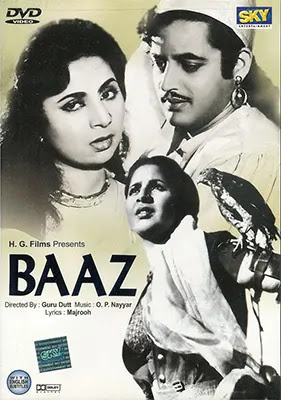
Dutt made his acting debut in Vishram Bedekar’s Lakhrani (1945) in the tiny part of Lachman. In 1946, he served as an assistant director and choreographed dances for the film Hum Ek Hain, directed by P. L. Santoshi, in which Dev Anand made his playing debut.
Dutt returned to Bombay after his time with Prabhat ended in 1947, where he worked with two renowned directors of the time: Amiya Chakravarty in Girls’ School (1949) and Gyan Mukherjee in the Bombay Talkies film Sangram (1950).
Anand first engaged Dutt for Baazi (1951), which starred Anand and marked Dutt’s directorial debut. The film was a tribute to the 1940s film noir genre of Hollywood, with its ethically ambiguous hero, the transgressing siren, and shadow lighting, and it defined the noir genre in Bollywood for the following decade.
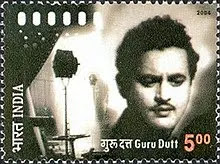
After the initial success of Baazi, Dutt’s next film, Jaal (1952), starring Anand and directed by Dutt, was likewise a box office hit.
Primary source of Guru Dutt Net worth (Acting)
Dutt’s next effort was Baaz, which he both directed and starred in (1953). Though the film did not do well at the box office, it did bring together the Guru Dutt crew, who would go on to do well in later films.
Johnny Walker (actor-comedian), V.K. Murthy (cinematographer), Abrar Alvi (writer-director), Raj Khosla (writer), and Waheeda Rehman (actress) were among the filmmakers found and taught by Dutt.
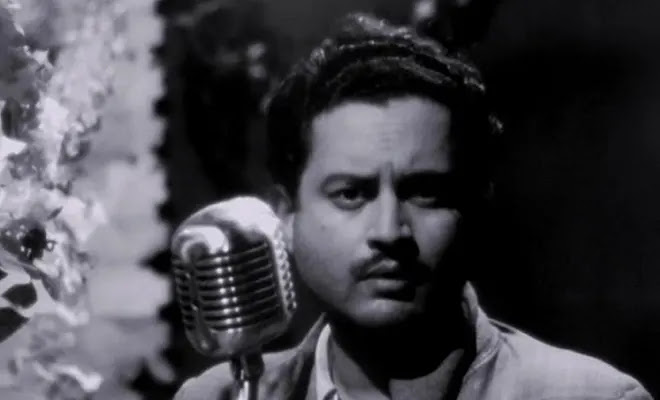
Aar Paar in 1954, Mr. & Mrs. ’55 in 1955, C.I.D. then Sailaab in 1956, and Pyaasa in 1957 were all hits for Dutt. Three of these five films featured Dutt in the starring role.
Dutt’s Kaagaz Ke Phool, the first Indian film shot in CinemaScope, was released in 1959. Despite its originality, Kaagaz—a film about a prominent director (played by Dutt) who falls in love with an actress (played by Waheeda Rehman, Dutt’s real-life love interest)—was a box office flop.
Dutt felt that his name was anathema to the box office, hence all subsequent films from his studio were officially directed by other directors. It would be Dutt’s lone box office flop, with the actor losing nearly Rs. 17 crore, a significant sum by today’s standards.
Advertisements
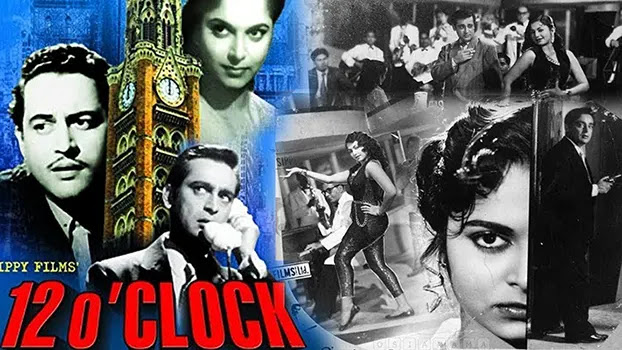
Later films
Chaudhvin Ka Chand, directed by M. Sadiq and starring Dutt, Waheeda Rehman, and Rehman, was released in 1960 by Dutt’s company. Dutt’s losses from Kaagaz were more than compensated for by the success of the film. “Chaudhvin Ka Chand Ho,” the film’s title track, appears in a special colour sequence and is the only occasion Guru Dutt is seen in colour.
In 1962, his team released Sahib Bibi Aur Ghulam, a highly acclaimed film directed by Abrar Alvi, a protégé of Dutt’s who won the Filmfare Best Director Award for the film. Dutt and Meena Kumari starred in the picture, which also included Rehman and Waheeda Rehman in supporting parts.
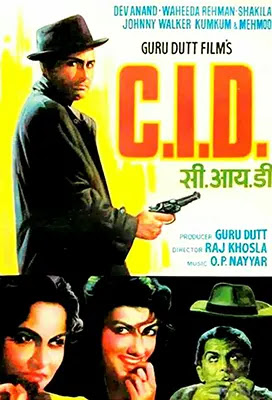
Dutt’s final film, Sanjh Aur Savera, directed by Hrishikesh Mukherjee, starred Meena Kumari and was released in 1964. He left numerous projects unfinished after his death in October 1964.
He was cast as the lead in K Asif’s film Love and God, but when the project was revived years later, he was replaced by Sanjeev Kumar. He was also working on Picnic with Sadhana, which was left unfinished and shelved.
He was intended to produce and star in Baharen Phir Bhi Aayengi, but Dharmendra was cast in the main role, and the film was released in 1966, marking his and his team’s final collaboration.
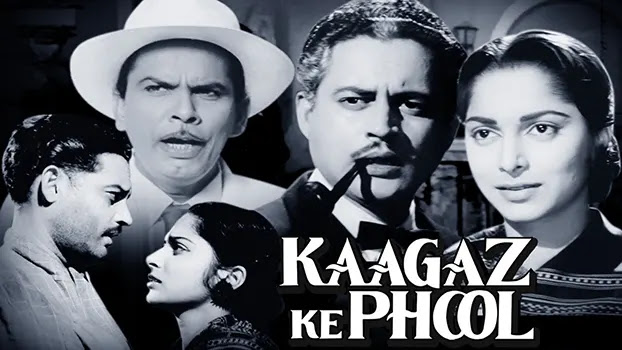
Guru Dutt Personal life
Dutt married Geeta Roy Chaudhary (later, Geeta Dutt), a well-known playback singer whom he met while filming Baazi, in 1953. The pair had been engaged for three years and had overcome significant family opposition to marrying.
They moved to a home on Pali Hill, Mumbai, after their marriage in 1956. They finally had three children, Tarun, Arun, and Nina, who grew up in the houses of Guru’s brother Atma Ram and Geeta’s brother Mukul Roy after Guru and Geeta died.
Dutt had a tumultuous marriage. He was “a tough disciplinarian at work but completely undisciplined in his personal life,” according to Atma Ram. He was a heavy smoker and drinker who kept weird hours.
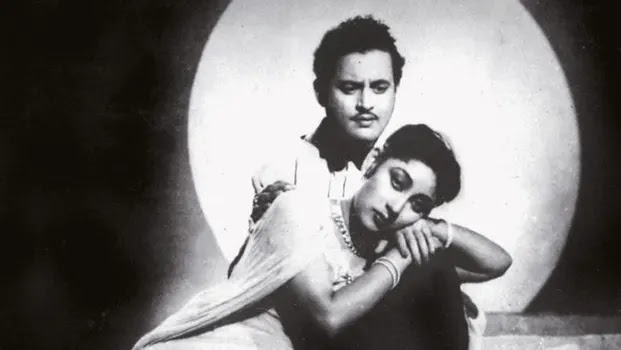
Dutt’s affair with actress Waheeda Rehman was also a hindrance to their marriage. He had divorced Geeta and was living alone at the time of his death. Geeta Dutt died in 1972, at the age of 41, from liver disease caused by excessive drinking.
Death
Dutt was discovered dead in his leased room on Pedder Road in Bombay on October 10, 1964. He’s been accused of combining alcohol and sleeping drugs. His death could have been the result of suicide or an unintentional overdose. If the former is correct, this would be his third attempt at suicide.
Arun Dutt, Dutt’s son, thought his father died in an accident. Dutt had booked meetings with actress Mala Sinha and actor Raj Kapoor for his film Baharen Phir Bhi Aayengi the next day to discuss colour filmmaking.
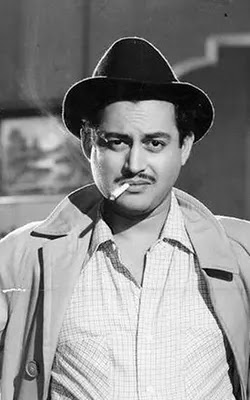
Dutt was working on two other films at the time of his death: Picnic, starring Sadhana, and K. Asif’s epic Love and God. The picnic was never completed, and it was only released two decades later after being completely reshot, with Sanjeev Kumar replacing Dutt in the starring role.
Legacy
Despite widespread doubts about the commercial potential of his film ventures, Dutt created a number of commercially successful films. Over time, the commercial character of his ventures forced him to compromise his creative ambitions. C.I.D., Baazi, Pyaasa, Kaagaz Ke Phool, Chaudhvin Ka Chand, and Sahib Bibi Aur Ghulam were among the earliest Hindi films of their kind.
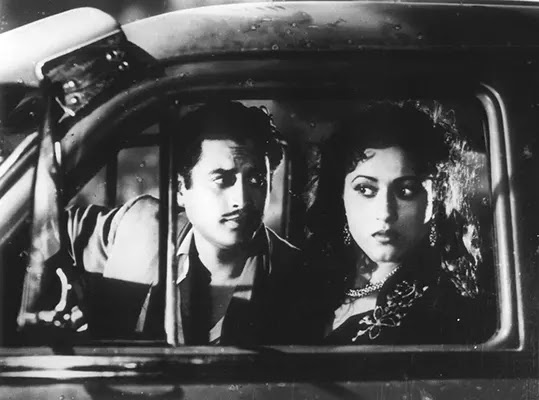
The only film Dutt created that was a box office flop was Kaagaz Ke Phool, which has now become a cult classic. In Search of Guru Dutt, a three-part Channel 4-produced documentary on Dutt’s life and works is included as an extra feature on the DVD of Kaagaz Ke Phool.
Between the mid-1950s and the mid-1960s, he was one of the few Indian film directors to attain a healthy combination of creative and financial success, with Raj Kapoor, Mehboob Khan, and Bimal Roy. Chanda Aur Bijli, directed by his brother Atma Ram in 1969, was dedicated to him.
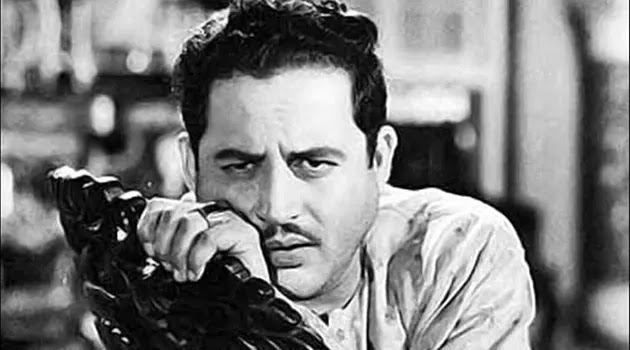
Both Kaagaz and Pyaasa were named among the best films of all time by Sight & Sound magazine’s “Top Films Survey” in 2002, which polled over 250 worldwide film critics and directors. Dutt was recognised as the 73rd best director of all time in the poll, making him the 8th-highest-ranking Asian filmmaker. Pyaasa was named to Time magazine’s All-Time 100 Movies list in 2005. Dutt was named one of CNN’s “Top 25 Asian Actors of All Time” in 2010.
On October 11, 2004, India Post issued a postage stamp showing Dutt. A Doordarshan documentary about Dutt was broadcast on October 10, 2011. Guru Dutt: An Unfinished Story, a biographical book by author Yasser Usman, was published in 2021.
Conclusion
Advertisements
Guru Dutt is a well-known and accomplished actor from the Bollywood film industry. Guru Dutt Net Worth serves as a source of inspiration and motivation. You should check out – Rajesh Khanna Net Worth.
Advertisements
